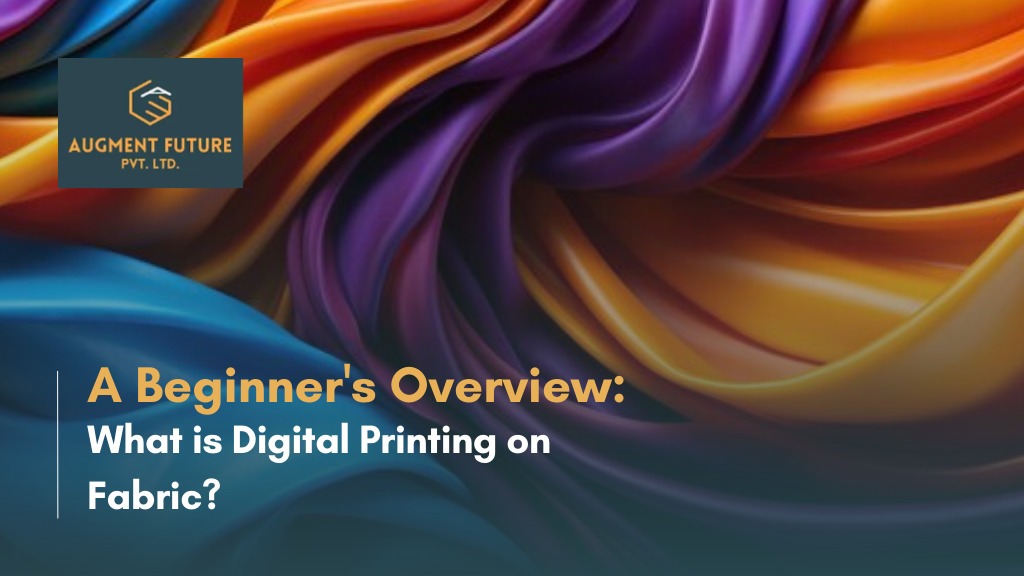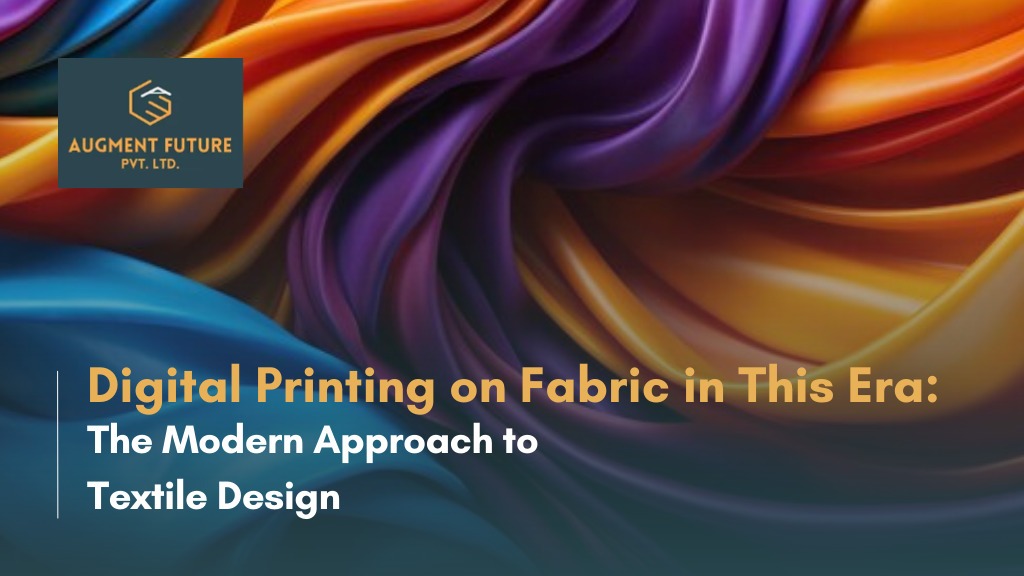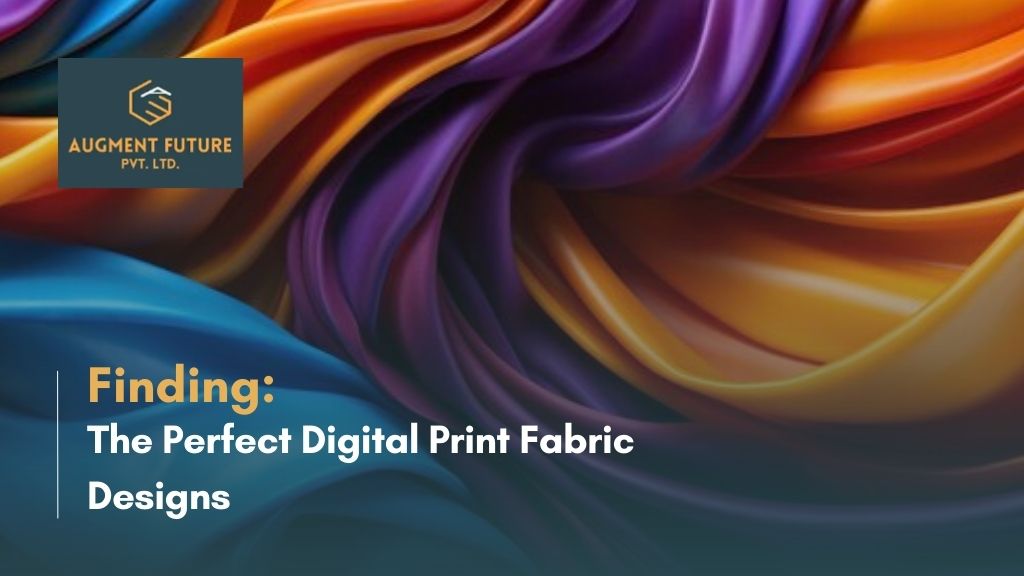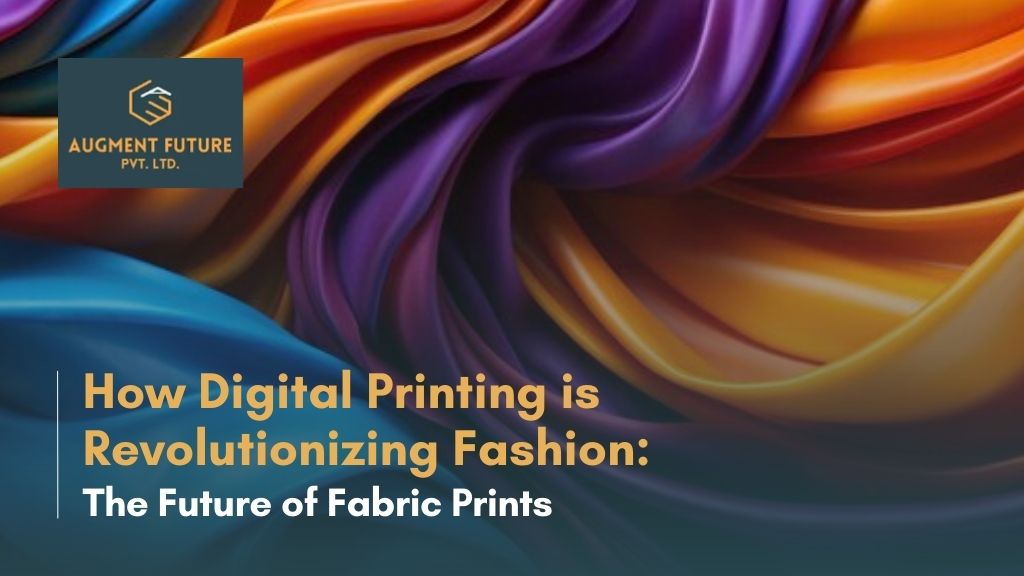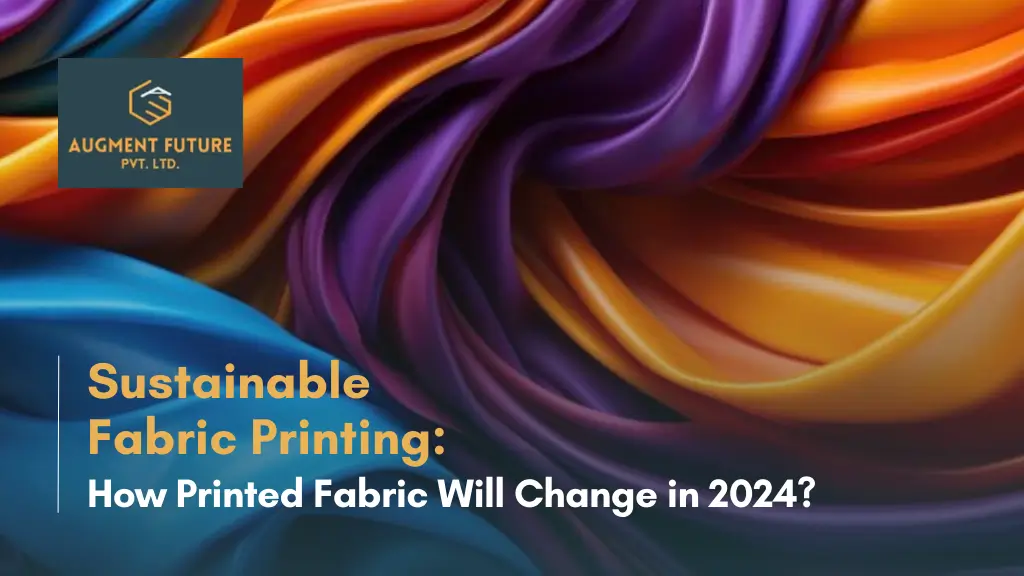Introduction
Digital printing on fabric represents a groundbreaking shift in the world of textile design. Unlike traditional methods, which relied heavily on screens, dyes, and labour-intensive processes, digital printing uses advanced technology to produce vibrant, intricate designs with unparalleled precision. In recent years, this technique has gained immense popularity, offering designers and manufacturers an innovative way to create high-quality fabrics with a fraction of the effort. As the textile industry transforms, digital printing is emerging as a key player in shaping its future.
The Basics of Digital Printing on Fabric
Definition and Core Concept of Digital Fabric Printing
At its core, digital printing on fabric involves printing designs directly onto textiles using specialized inkjet technology. This method bypasses the need for screens or plates, allowing for a seamless transition from digital design files to finished fabric. The process is akin to printing on paper, but the inks and printers are specially designed to work on textiles.
Key Differences Between Digital and Traditional Printing Methods
While traditional textile printing methods, like screen printing or block printing, require multiple steps and are limited by color constraints, digital printing offers several key advantages. It allows for high-resolution designs, an almost infinite color palette, and the ability to print small batches with ease. Moreover, it drastically reduces the time required from design conception to production, making it ideal for on-demand printing and fast fashion.
How Digital Fabric Printing Works
The Role of Specialized Printers
Digital fabric printing utilizes inkjet printers that are specifically modified to handle textile inks. These printers use a combination of print heads and nozzles to spray tiny droplets of ink onto the fabric’s surface, creating detailed designs with precision. Each printer is capable of reproducing complex patterns, gradients, and color blends that would be impossible or highly laborious with traditional methods.
Importance of Fabric Preparation Before Printing
Before fabric is digitally printed, it must be pre-treated to ensure the inks adhere properly and achieve optimal color vibrancy. Pre-treatment often involves applying a fixative or coating that enhances the fabric’s ability to absorb and retain ink. This step is crucial in ensuring the longevity of the printed design and maintaining the fabric’s overall quality.
Types of Digital Printing Technologies
Direct-to-Fabric (DTF) Printing
Direct-to-Fabric (DTF) printing is the most commonly used method in digital textile printing. In this process, the printer deposits ink directly onto the fabric, where it is absorbed, creating a vibrant, full-color print. DTF is versatile and can be used on a wide range of fabrics, making it ideal for fashion and interior applications.
Dye-Sublimation Printing
Dye-sublimation printing is primarily used for polyester fabrics. This method uses heat to transfer dye directly into the fabric fibers, creating a permanent, vibrant print that won’t fade or crack over time. The result is a soft, smooth finish that feels like part of the fabric rather than sitting on top of it.
Reactive, Acid, and Pigment Printing Methods
Different types of inks are used depending on the fabric and desired outcome. Reactive printing is used for natural fibers, acid printing is ideal for silk and wool, and pigment printing can be applied to a range of textiles, offering colorfast results. Each ink type has its strengths, whether it’s vivid color, durability, or compatibility with certain materials.
Advantages of Digital Printing on Fabric
Customization and Design Flexibility
One of the greatest advantages of digital printing is the ability to create highly customized designs with minimal effort. Designers can easily modify their creations, allowing for quick adjustments and personalization. This flexibility also allows for short production runs, making digital printing ideal for both large-scale manufacturing and one-off custom pieces.
Reduced Environmental Impact Compared to Traditional Methods
Digital printing significantly reduces the environmental footprint of textile production. Unlike traditional methods, which require large amounts of water, chemicals, and energy, digital printing uses far less of these resources. Additionally, because digital printing allows for on-demand production, it eliminates the need for excess inventory, thus reducing waste.
The Challenges of Digital Fabric Printing
Limitations in Fabric Choices
Despite its many advantages, digital fabric printing does have limitations. Not all fabrics are suitable for digital printing, and natural fibers such as cotton or linen require more complex pre-treatment compared to polyester or other synthetic fabrics. Additionally, achieving perfect color consistency on certain textiles can be a challenge due to varying absorbency levels.
Cost Factors Involved in Digital Printing
While digital printing offers cost savings in terms of setup and production time, the technology itself can be expensive. The cost of specialized printers, inks, and fabric pre-treatment can add up, making it a more expensive option for smaller businesses or those just starting in textile design.
Materials Suitable for Digital Printing
Natural Fibers: Cotton, Silk, and Linen
Cotton, silk, and linen are popular choices for digital printing, offering rich texture and quality. However, natural fibers require additional pre-treatment to achieve the best results. These materials are often used in high-end fashion and luxury home textiles due to their soft feel and rich color payoff.
Synthetic Fibers: Polyester and Blends
Polyester is ideal for digital printing, especially in dye-sublimation processes. Its synthetic fibers absorb the ink well, resulting in bold, long-lasting designs. Polyester is widely used in fashion, sportswear, and interior décor due to its durability and ease of use in digital printing.
Applications of Digital Fabric Printing
Fashion and Apparel Industry
Digital printing has revolutionized the fashion industry, allowing for faster turnaround times and on-demand production. Designers can create intricate patterns and bold colors that stand out on the runway or retail shelves. The ability to quickly adapt designs also makes digital printing a favorite in fast fashion.
Interior Design and Home Furnishing
Digital printing has made its mark on interior design, where custom fabrics are used for upholstery, curtains, and bedding. Designers can easily create bespoke patterns and prints to match specific décor themes, offering a level of personalization that was previously difficult to achieve.
Custom and Niche Markets (e.g., Personalized Gifts)
The flexibility of digital fabric printing makes it perfect for niche markets like personalized gifts. Companies can easily produce custom designs on demand, ranging from personalized fabrics for events to bespoke textiles for high-end clients. This level of customization creates unique products tailored to individual tastes.
The Role of Software in Digital Printing
Design Software and File Preparation
To achieve flawless prints, designers rely on specialized design software that prepares files for digital printing. The software ensures that images are at the correct resolution and format for high-quality output. Vector-based designs, in particular, are preferred for their ability to scale without losing detail.
Color Management and Accuracy
Color management is crucial in digital printing. Ensuring that the printed fabric matches the intended design requires careful calibration of printers and the use of color profiles. Digital printing allows for precise color matching, but it requires a deep understanding of the relationship between digital files and ink behavior on fabric.
Future Trends in Digital Fabric Printing
Growth in Sustainable Practices
As sustainability becomes more important in the textile industry, digital printing is positioned to lead the charge. With its lower resource consumption and ability to print on demand, digital printing is a more environmentally friendly alternative to traditional methods. Innovations in eco-friendly inks and materials are likely to expand this trend.
Advancements in Printing Technology
The future of digital fabric printing will be driven by technological advancements. Faster, more precise printers and the development of new fabric treatments will continue to improve the efficiency and quality of digital prints. As the technology evolves, digital printing will become even more accessible to designers and manufacturers alike.
Conclusion
Digital printing on fabric is revolutionizing the textile industry with its ability to create customized, high-quality designs quickly and efficiently. From fashion to interior design, digital printing offers endless possibilities for creativity and innovation. As technology advances and sustainability becomes more important, digital printing will continue to shape the future of textile production, offering a versatile and environmentally friendly alternative to traditional printing methods.
